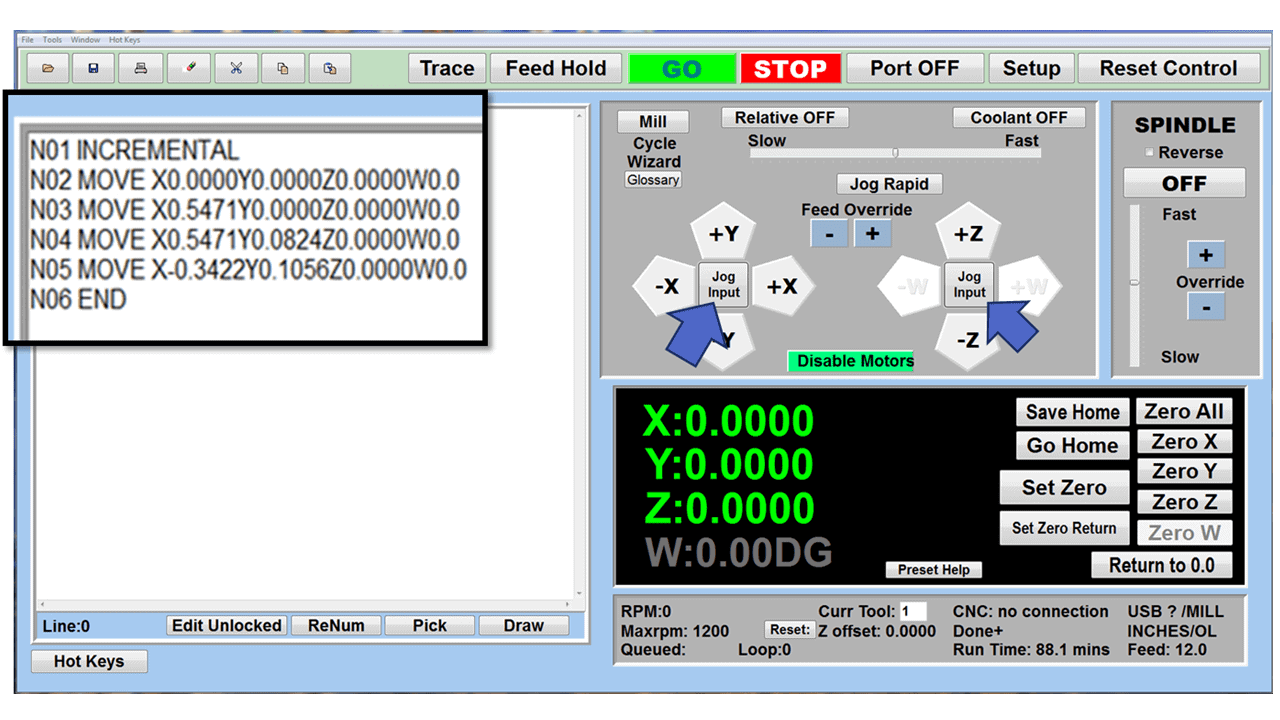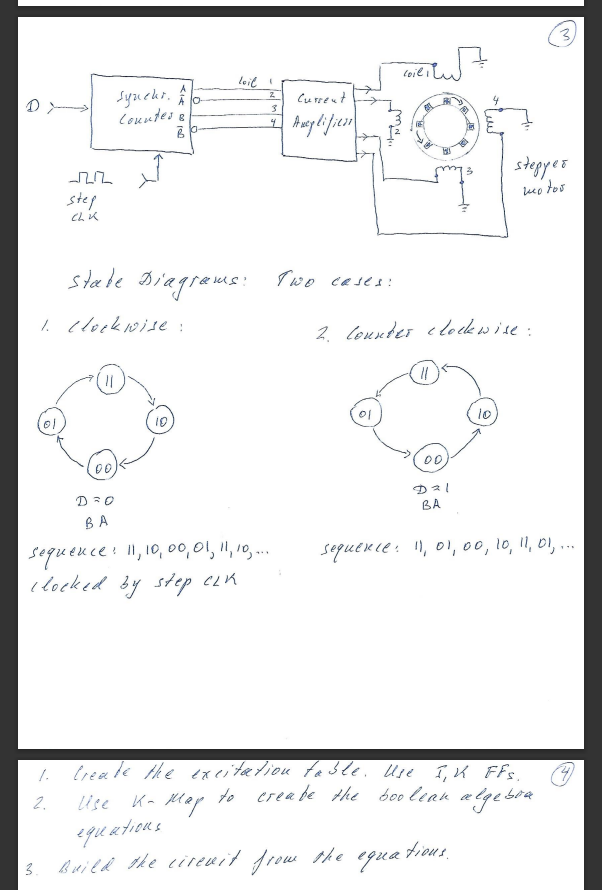Stepper Motors vs Servo Motors The Differences Explained Circuit Diagram The use of robotics necessitates accuracy, and, as such, stepper motors are vital in ensuring motion control precision and accuracy. These motors are critical in applications that require precise movement control without variation. Applications of Stepper Motors. Stepper motors are used in a variety of applications the place precision and control are paramount. Common use cases embody: - 3D Printers: For accurate layer-by-layer deposition of material. - CNC Machines: To control reducing tools and ensure precision in manufacturing. Stepper motors provide the precision control and reliability engineers need when they design robotic systems. For stepper motors to fulfill their potential in these applications, however, it's important to have a solid grasp of how to control stepper motors using the various methods of voltage control available. Stepper Motor Control Basics

In applications where precision, smoothness, and quiet operation are critical, spread control plays a vital role in optimizing stepper motor performance. By implementing micro-stepping, either through direct control using a microcontroller or with the help of dedicated stepper motor drivers, you can finely manage the motor's movements.

What Is a Stepper Motor? A Newbie's Guide to Precision Movement Control ... Circuit Diagram
Stepper motors are ideal for applications that require speed and position control, especially at low speeds such as in automation, motion systems, and 3D printers. Due to their internal design which minimizes mechanical and electrical "delays" that occur in other motors, stepper motors have remarkable stopping accuracy and responsiveness. Stepper motors are vital in precision applications where there is a need for smooth movement and high resolution positioning. Recognizing the differences between fullstepping, halfstepping, and microstepping control is essential for meeting these requirements. This article closes the knowledge gap by summarizing the basics of microstepping. How to Control the RPM of a Stepper Motor. Adjusting the speed (or revolutions per minute (RPM)) of a stepper motor is important in most applications using stepper motors. The key to control lies in changing the frequency of the electrical pulses sent to the motor.

For many motion control applications, stepper motor solutions occupy the sweet spot for providing good precision and exceptional value. An AutomationDirect white paper titled Steppers Surpass Servos in Many Motion Control Applications describes stepper motor concepts, details, and applications where they are the best option. Following is a
